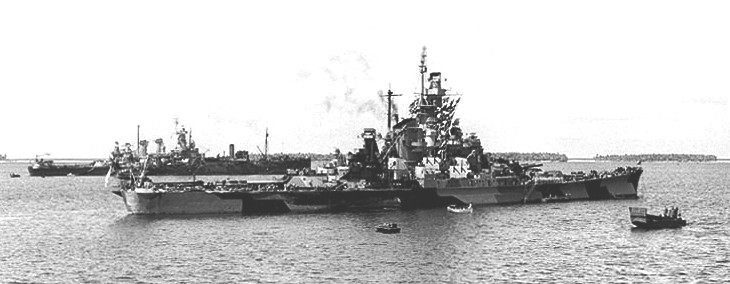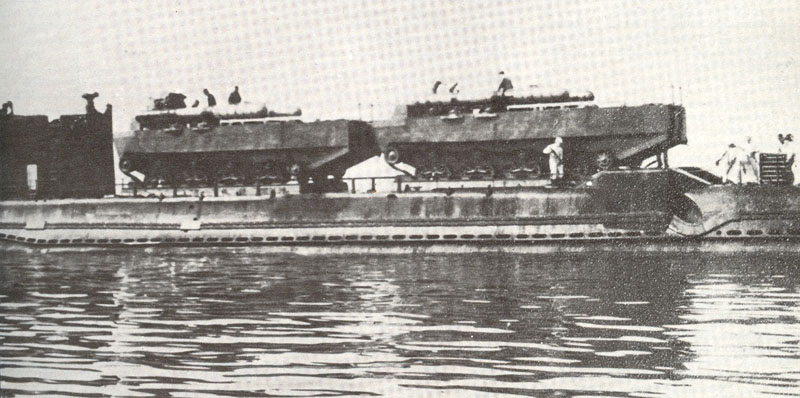



| Vessel Types | Japanese | American | |
|---|---|---|---|
| Fleet Carriers |  x 5 (327 a/c) x 5 (327 a/c)
|
 x 7 (658 a/c) x 7 (658 a/c)
| |
| Light Carriers |  x 4 (121 a/c) x 4 (121 a/c)
|
 x 8 (264 a/c) x 8 (264 a/c)
| |
| Escort Carriers |  x 4 (100 a/c) x 4 (100 a/c)
|
 x 3 (93 a/c) x 3 (93 a/c)
| |
| Battleships and Battlecruisers |
 x 3 x 3 x 2 x 2 |
 x 7 x 7 | |
| Heavy Cruisers |  x 11 x 11 |
 x 8 x 8 | |
| Light Cruisers |  x 2 x 2 |
 x 9 x 9 | |
| Destroyers |  x 27 x 27 |
 71 71 | |
| Destroyer Escorts |  x ? x ? |
 x 14 x 14 | |
| Submarines |  x 12 (10
tanks) x 12 (10
tanks) |
 x ? x ? | |
| Shore-based Aircraft |  x 272 x 272 |
 x 417 x 417 | |
Questions or comments should be posted on the Discussion & Questions board.

